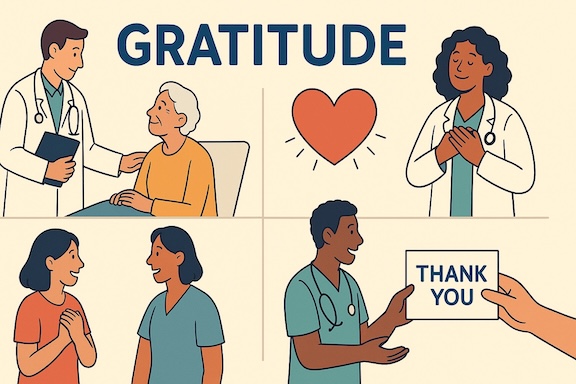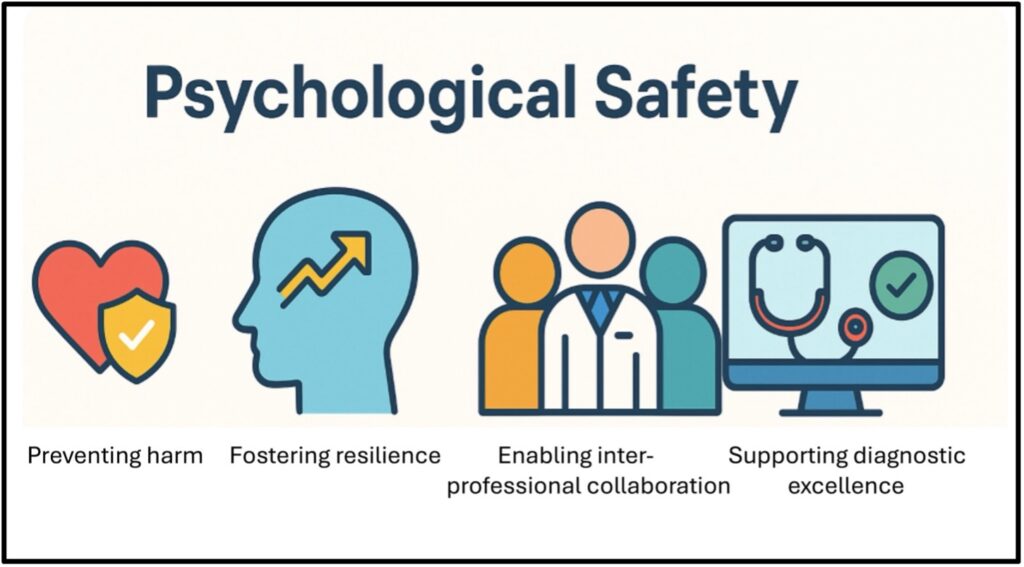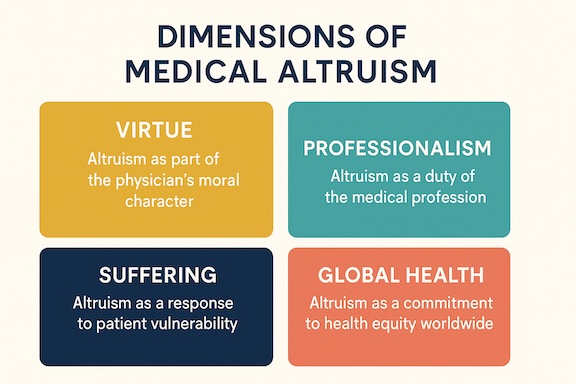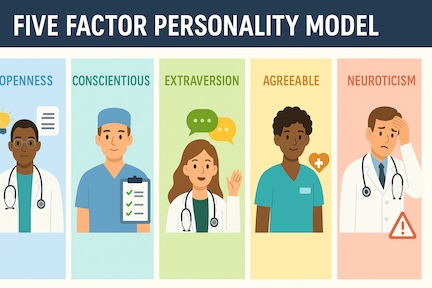
Since its official proclamation as a national holiday by President Abraham Lincoln in 1863, Thanksgiving is a day when many North American families and friends come together to share a meal, focus on their sense of giving and community, and express their gratitude for life’s gifts and blessings. The tradition may have started with the Green Corn Dance of the Cherokee Indians, or with a feast held by Europeans who arrived in Newfoundland in 1578. However, most schoolchildren today associate this holiday with a meal more than four hundred years ago, when in 1621, almost one hundred members of the Native American Wampanoag tribe shared the fruits of an autumn harvest with a small group of English settlers in Plymouth, Massachusetts.
Sadly, this celebration of peaceful camaraderie between Native Americans and colonists was followed by the spread of infectious disease and violence that decimated much of the indigenous population. Still, the idea of proclaiming days of thanksgiving took hold, first in New England, and later throughout the territories that became the United States of America. On the 27th of this month, therefore, like every year on the fourth Thursday of November, people will gather from around the country to give thanks.
But, I wonder, doesn’t each and every day provide endless opportunities for thanks-giving?
Gratitude, defined as feelings of thankfulness, acts of showing appreciation, or as a duty to repay or acknowledge gestures of kindness, occupies an important place in human thought, feelings, and social interactions. While philosophers may debate its affective, cognitive, communicative, and conative elements, sociologists describe how expressions of gratitude validate the feelings and behaviors of others and help shape cultural practices and social solidarity. The danger is that gratitude might easily be seen as a burden or obligation. To this, Lebanese writer Khalil Gibran answered, “And you receivers—and you are all receivers—assume no weight of gratitude, lest you lay a yoke upon yourself and upon him who gives. Rather rise together with the giver on his gifts as on wings…” For Gibran, gratitude is an expression of humility. Far more than a transaction, it is a manifestation of the art of receiving and giving that forms a cornerstone of life itself.
- https://www.si.edu/spotlight/thanksgiving/history Accessed November 13, 2025.
- https://visit.archives.gov/whats-on/explore-exhibits/thanksgiving-historical-perspectives Accessed November 13, 2025.
- Gibran Khalil. From The Prophet, “On Giving,” pp. 22. Alfred A. Knopf, New York, 1988.









